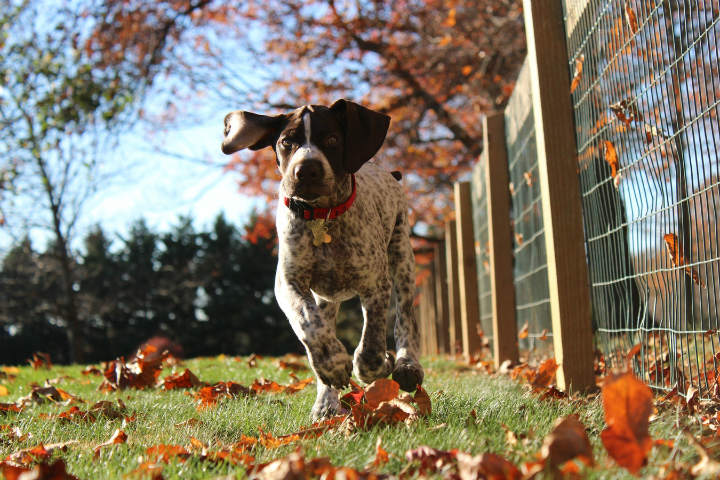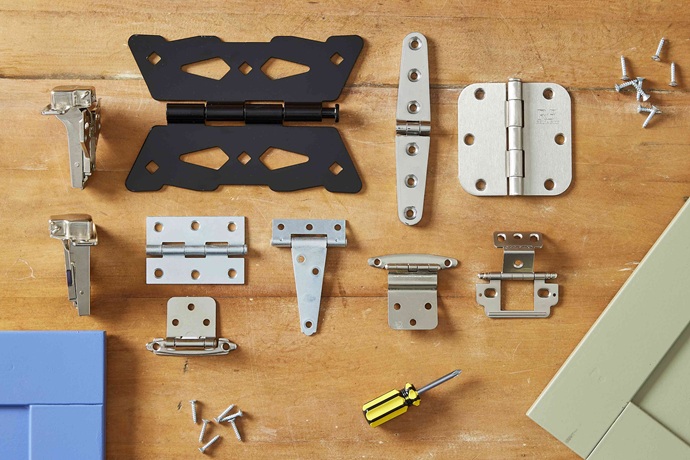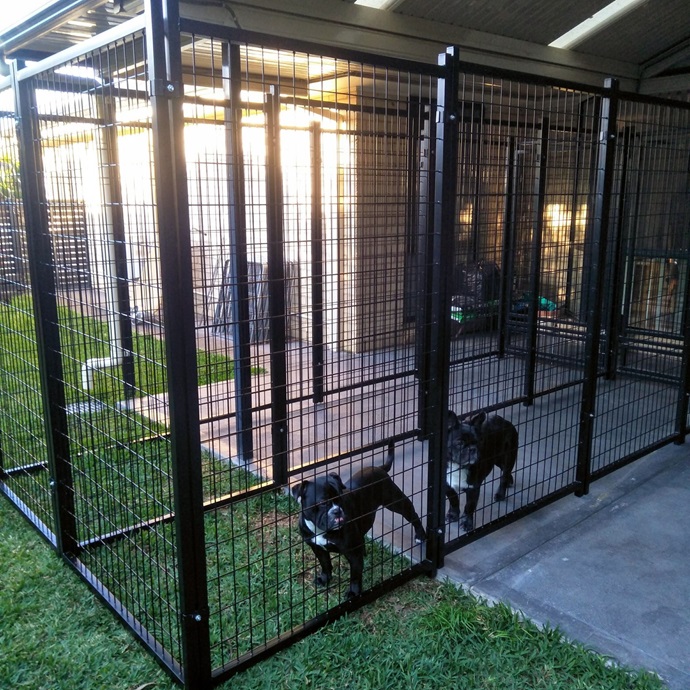There are many rewards in teaching your dog proper behaviour – both for you and the animal. A well-behaved dog is less likely to cause you any trouble, meaning that it can be left free to move around without a leash. However, training a dog can be hard, really hard. Especially if the animal has a lively personality. With that being said, many owners who have a dog that’s prone to excessive barking or aggression decide to use training shock collars to help them.
A dog training collar is a much preferable training method as opposed to scolding or hitting the dog which can disrupt the trust and affection he has for you. If you do decide that such a device is right for your dog, it’s important to choose wisely so that you don’t end up hurting the dog. Here are some factors to consider.
Your Dog’s Size

Just like regular collars, shock collars also come in different sizes. Make sure to pick a size that precisely suits the dog because a collar that’s too big can weigh a small dog down. If your dog weighs from 7kg to 15 kg, it means that a training shock collar for small dogs is a suitable choice. This usually applies to breeds such as the Jack Russel, Cavalier King Charles, Scottish Terrier, or the Beagle. A dog above that weight range can do with a regular collar.
Adjustable Stimulation

Collars come with different shock intensities that can be used on different dog breeds. With that being said, it’s important to consider your dog’s temperament and breed in order to figure out which intensity will work best. Usually, it’s advisable to get a collar with adjustable stimulation which gives you more flexibility as sometimes you will need to apply more or less stimulation depending on the dog’s behaviour. As a general rule, a training shock collar for small dogs must have an adjustable level of stimulation which allows you to administer shocks with very low intensities.
Range of Use

A great thing about training shock collars is that they come with a remote transmitter which allows you to send signals to your dog from a distance. So for instance, if your dog is barking incessantly in the yard, you don’t have to walk outside or even get off your couch to signal it to stop. Different collars offer different ranges, so the choice should come down to your needs. If you’re training your dog within the boundaries of your yard, models with a range up to 500m can be enough. On the other hand, if you want to take the dog hiking or hunting, you’ll need a larger transmission range.





















